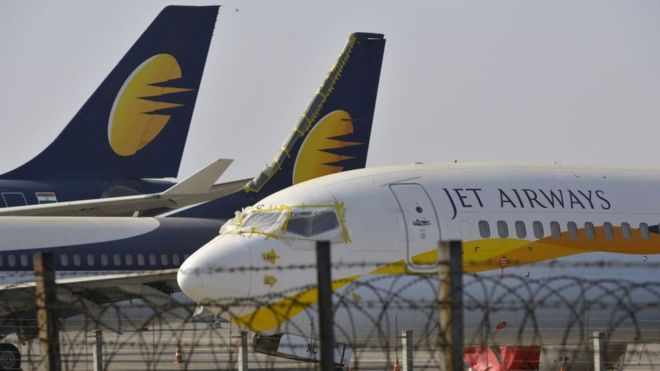
Popular Posts
-
SAA gets new A330-300 aircraft – four more are on the way South African Airways has taken delivery of its first new A330-300 a...
Tuesday, 30 April 2019
Monday, 29 April 2019
Sunday, 28 April 2019
amazing
"On the flight, he had a sudden meltdown and we couldn't keep him calm no matter what we tried."
Saturday, 27 April 2019
amazing
easyjet moves to protect passengers with nut allergies by banning nut sales and asking passengers to not consume any nuts they brought with them
Friday, 26 April 2019
SAS STRIKE: More than 70,000 travellers stranded on Friday
Pilots at Scandinavian carrier SAS walked off the job in Sweden, Denmark and Norway early on Friday, stranding 70,000 travellers as more than 600 flights were cancelled, the airline said.
Domestic, European and long-haul flights were all affected by the strike, it said, predicting that a total of 170,000 passengers would be affected through Sunday.

Thursday, 25 April 2019
Tuesday, 23 April 2019
Monday, 22 April 2019
Saturday, 20 April 2019
Exactly 50 years ago today, the first code sharing flight between Japan and the then-Soviet Union arrived in Tokyo, on an Aeroflot TU114- the biggest passenger plane in the world at that time. The TU114’s landing gear was much longer than that of regular airplanes, so a custom set of steps had to be specially flown from Moscow to Haneda Airport in order to accommodate the TU114. Japan Airlines crew served on the code sharing flights wearing Kimono (traditional Japanese attire), and the luxurious in-flight meals incorporated either Japanese or Russian delicacies. Flights departing from Tokyo served Kobe beef steak, whilst flights from Moscow served Russian-style beef stew. Flights in both directions served caviar, and offered a selection of beverages from both cultures, including vodka and Japanese Sake. Japan Airlines will strive to continue crafting countless memories- such as firsts like this- for our guests from all over the world.

Study reveals permanent brain damage among pilots and cabin crew
For the first time, a Belgian scientist has started in-depth research into the effects of not only toxic fumes but also chronic exposure to a low dose of toxins in aircraft. Research psychologist Daniel Dumalin is studying whether the toxic substances that are released during incidents with air supply (fume events) have an influence on crew members. And the first results are worrying.
For years now, there have been discussions in the aviation industry about the health risks that are associated with these fume events. During such an incident, toxic air from the engines ends up in the cabin and the cockpit via the aircraft’s air conditioning system. Sometimes this is accompanied by intense smoke, but in most of the cases, there is only a pungent smell in the cabin (smelly socks).
There are numerous stories of pilots who – during such a fume event – become unwell behind the controls and of cabin crew who faint. Some also have persistent complaints afterwards: bursting headaches, extreme tiredness and concentration problems. In some cases, people will start to shake or feel numbness in certain body parts. In the aviation industry, this is referred to as Aerotoxic Syndrome. The syndrome will not only occur after a fume event but also with chronic exposure to low doses of toxic substance in the air. Not a single airline, however, recognises the syndrome as an occupational disease. As a result, pilots or flight attendants will not be financially compensated if they have to stop flying because of their health problems.
Friday, 19 April 2019
Monday, 15 April 2019
Friday, 12 April 2019
Thursday, 11 April 2019
Tuesday, 9 April 2019
Monday, 8 April 2019
Saturday, 6 April 2019
Friday, 5 April 2019
The 2019 List Of The World's Best Airlines Is Out Now
- Singapore Airlines
- Air New Zealand
- Qantas
- Qatar Airways
- Virgin Australia
- Emirates
- All Nippon Airways
- EVA Air
- Cathay Pacific
- Japan Airlines and I have never flown with any of these 10 best Airlines
Wednesday, 3 April 2019
Subscribe to:
Posts (Atom)













































